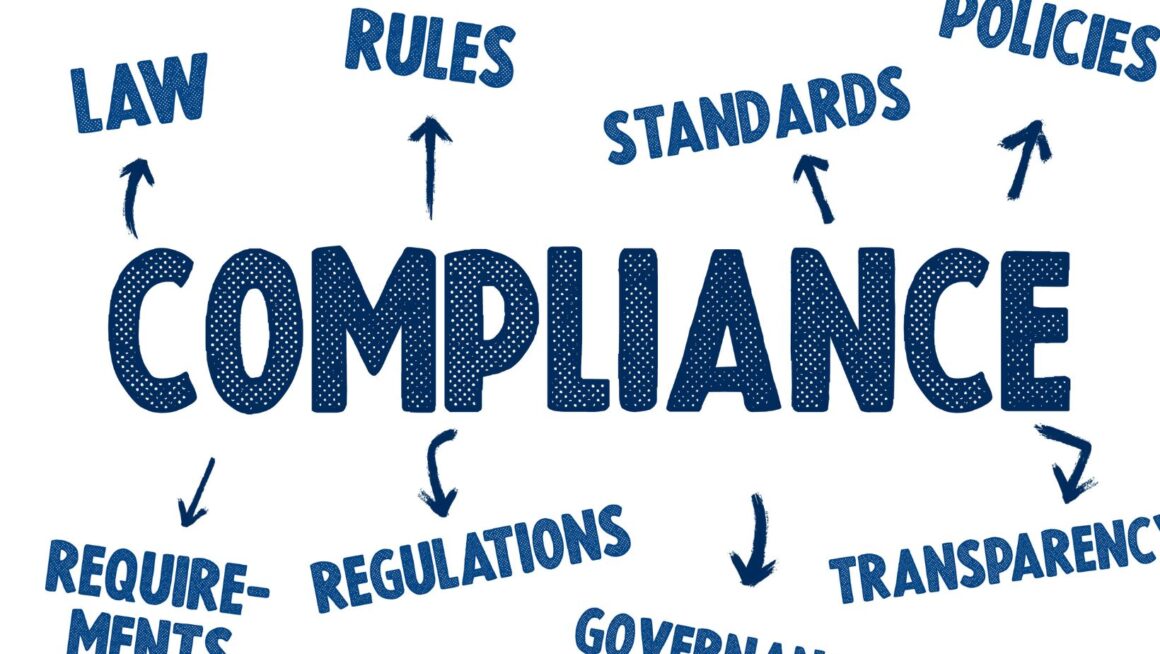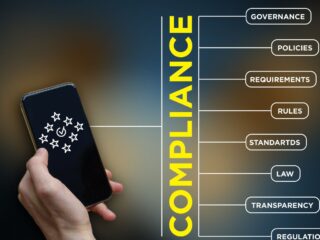
Registered Investment Advisers (RIAs) operate in a complex regulatory environment that grows more demanding each year.
Staying ahead requires understanding and implementing advisor compliance essentials to meet 2025’s key compliance challenges.
High on the priority list are cybersecurity, anti-money laundering, regulatory updates, and the incorporation of emerging technologies like artificial intelligence (AI).
Adopting these essentials early can secure your firm’s regulatory standing and enhance client trust.
SEC Compliance Priorities for RIAs in 2025
Regulators continue to sharpen their focus on protecting investors through tighter compliance requirements.
The 2025 supervisory landscape for RIAs includes:
- Enhanced Cybersecurity Standards: RIAs must implement customized cybersecurity policies tailored to their firm’s risks, conduct ongoing risk assessments, develop incident response plans, and promptly report significant breaches. These protocols ensure the safeguarding of sensitive client data against evolving threats.
- Expanded Anti-Money Laundering (AML) Requirements: New mandates call for rigorous client due diligence, suspicious activity monitoring, and comprehensive AML policies that document customer identification programs and risk management processes.
- Marketing and Communication Oversight: Firms must thoroughly document performance claims and maintain robust archiving systems for all media, including emails and social messaging, to comply with regulatory expectations.
- Regulatory Filings and Reporting: Timely and accurate submissions, including Form ADV filings and required disclosures, remain critical pillars of compliance.
These priorities emphasize proactive risk management and demonstrate regulators’ intent to engage with compliance as an ongoing operational discipline.
Building Strong Advisor Compliance Essentials
To meet this demand, RIAs should ensure compliance is built into every aspect of the business, including:
Develop a Comprehensive Compliance Manual
A firm’s current compliance manual is an integral part of its compliance program and should contain all of a firm’s policies, procedures, and rules of conduct.
This living document must be updated regularly to include newer rules, some of which may include AI, cybersecurity, and anti-money laundering (AML) rules.
Implement Regular Training Programs
To comply effectively, employees must know the relevant rules, regulations, and compliance risks.
Regular training can address them.
Interactive formats such as scenario simulations may help employees understand topics like the risks from off-channel communication and the importance of cyber hygiene.
Embrace Technology-Driven Compliance Solutions
With compliance complexity increasing, technology plays a pivotal role in monitoring and managing risk.
Automated systems assist with:
- Document management and audit readiness
- Surveillance of electronic communications across multiple platforms
- Real-time risk detection and compliance calendar tracking
Implementing such technologies simplifies adherence to SEC mandates and reduces manual compliance burdens, making them essential advisor compliance essentials.
Conduct Frequent Internal and External Audits
Firms should regularly test their controls to address issues prior to regulators’ examinations, including conducting active internal audits of trade validation, cybersecurity controls, and client disclosure requirements.
Annual external audits provide another level of review for compliance management effectiveness.
Stay Informed on Regulatory Updates
Because regulatory environments evolve, you should assign someone in your company to monitor the evolving requirements of the SEC, Treasury Department, and others to help ensure your compliance program is up to date.
Focus Areas: AI, AML, and Cybersecurity
Navigating AI in Advisory Services
The integration of AI tools into portfolio management and client communications introduces new compliance dimensions.
Firms must:
- Clearly disclose AI usage to clients
- Address potential conflicts of interest arising from algorithmic decisions
- Maintain transparency on how AI impacts investment recommendations and outcomes

These steps are crucial for meeting regulatory expectations around fairness and accountability.
Strengthening AML Programs
AML compliance demands heightened vigilance involving:
- Enhanced client verification processes
- Transaction monitoring with suspicious activity flagging
- Updated training and documentation to reflect AML regulatory changes
Robust AML frameworks protect firms and their clients while complying with expanding regulatory scope.
Enhancing Cybersecurity Posture
Cybersecurity risk remains a top concern for regulators.
Essential measures include:
- Developing and regularly updating incident response and disaster recovery plans
- Implementing network security controls and conducting penetration tests
- Training staff on cyber hygiene and ensuring secure archiving of crucial communications
A strong cybersecurity foundation reduces vulnerability and prepares firms for SEC scrutiny.
Operational Strategies for Small and Mid-Sized RIAs
Smaller firms often face resource constraints for compliance. Effective strategies include:
- Outsourcing specialized compliance tasks, such as audits and cybersecurity assessments
- Utilizing scalable RegTech solutions designed for advisor compliance essentials
- Centralizing compliance documentation and workflow management on cloud platforms
These approaches enable firms to maintain high compliance standards without overextending internal resources.
The Role of Technology Partners Like Luthor.ai
New tools also ease compliance management.
Tools such as Luthor.ai help create compliance calendars, find risks in real-time, and assist in regulatory filings.
Adopting tools such as these RegTech in their workflows can make it easier for RIAs to meet 2025 compliance.
Conclusion
RIAs wanting to meet regulatory needs and guard clients’ interests must make advisor compliance essentials a priority like manuals, continuing training, technology, and audits.
Key areas should focus on AI transparency, AML strength, and cybersecurity as well.
If RIAs give priority to these areas in 2025 and beyond, they can thoroughly comply with building a culture that supports sustainable growth and reputation in an increasingly regulated environment.









